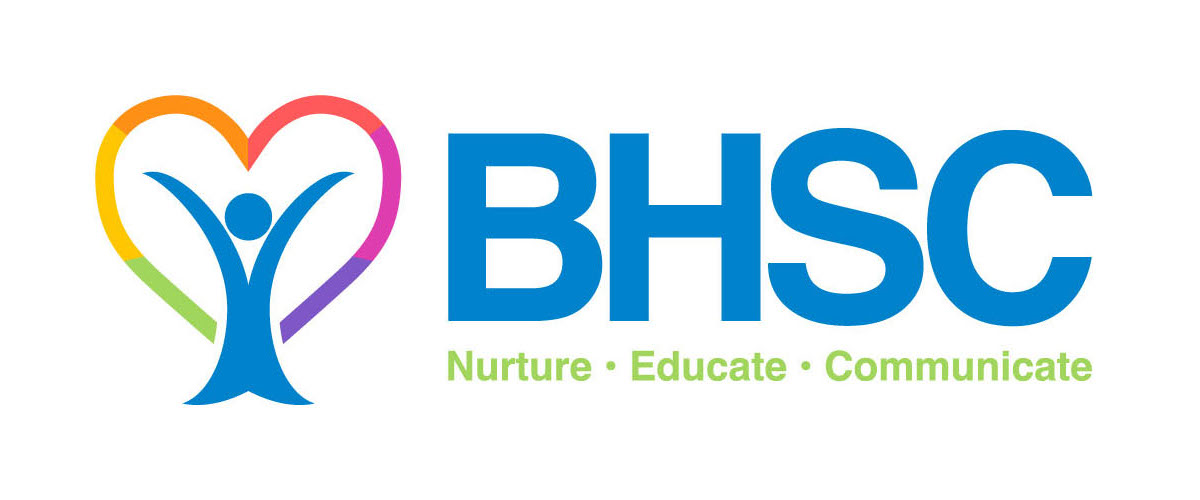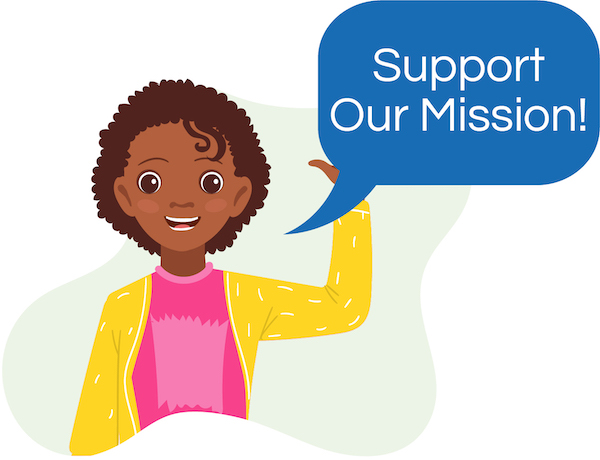At various times throughout the year there are days, weeks or months identified to help us focus our collective attention on children characterized as special needs children. March is such a month designated to highlight Development Disabilities so that we can better understand, appreciate and celebrate children born with special gifts.
The classification “Developmental Disabilities” encompasses a wide range of conditions from autism to downs syndrome and so much more. This category of diagnosis includes conditions with neurologically atypical patterns of thought or behavior that affect a child in many different ways and to varying degrees. Because of these atypical traits in cognition and behavior, we often simply presume there are limitations of a child’s potential.
While we all know how typical children develop, we are often times confused or not understanding of what children with these “different abilities” are capable of and what their potential is as they grow and develop. I want to spend a few minutes in this blog talking about NOT how children with Development Disabilities are limited, but in fact, to think about how children with Development Disabilities are gifted and what we may learn from them.
We probably all know of a family or families who have a child who has been diagnosed or categorized as being different in some way, whether that be with a learning disability, autism, attention-deficit disorder, or cognitive conditions generally referred to as being “developmentally disabled.” While on the face of things children with any of these conditions may think and act differently from their neurotypical peers and may develop via different pathways and timelines, their capacities and potential are often judged (unfairly) to be limited.
On the surface, it can look that way because they may not learn in the same way or at the same pace as a typical child, their language may not be chronologically developmentally appropriate and their behaviors can look inappropriate at times. These are developmental manifestations that simply make them different on the outside- but in no way are indicative of what is fundamentally at their core on the inside nor of what they are capable of being and becoming with some supportive special education and treatment interventions.
While a typical child develops in ways that are cognitively, emotionally, academically and socially known to most parents, the developmental stages and episodes in these same areas are a challenge for atypical children where learning may take longer, socializing and peer acceptance may be challenging, emotions can be labile or uncontrolled at times and cognition and emotional processing may need significant support and interpretation.
With a typical child, developmental issues like those above are also encountered as children grow up. They may at times be frustrating for both parent and child but are adapted over time as a child learns to handle frustrations and boundaries with the imposition of nurturing and developmentally appropriate structure along with parental/teacher guidance and support- leading over time to new learned behavior and internal control.
In the case of children with any kind of development difference, these same emotional and behavioral responses may not respond to the usual parental/teacher interventions, may take longer to impact, are individually variable, and unfold at the child’s own unique pace and in many varied individualized ways. Unfortunately, a lack of understanding or underestimating the developmentally unique child can push this cohort of children as they grow older toward depression and anxiety- to which they may have little internal structure to handle. This sets conditions that are only more upsetting and hurtful to the child.
Aside from any physical implications that may set a child aside from their typical peers, we also know that children with developmental conditions are also impacted academically, socially, and emotionally- again to varying degrees. But, I think that the real differences between typical children and children with any kind of development delay or difference is largely set by parental and school expectations/presumptions about what the capabilities of children are no matter the type of difference perceived.
I personally know a mom and dad who had a child born with Downs Syndrome. The news was initially quite devastating to them as they tried to imagine a future life for their new precious son. From the moment he was born, they did not accept some of the timeless limitations that society set for children born with Downs Syndrome at the time, and in fact raised their son with expectations that he could and would grow and become functionally independent. They realized that perhaps he would develop differently, often with one step forward and two steps back, but they persisted in their beliefs and advocated vigorously for the very best inclusive education for their child from Kindergarten through High School. Well, their attitudes and beliefs about child differences not being presumed to be limitations paid off handsomely in that they helped their son develop into a young man with an open and giving heart, one with a smile that lights up a room and one who now is a strong advocate voice for other children and young adults who may be different in their development…and, he does indeed live independently with a job- just as his parents dreamed for him when they brought him home from the hospital so many years ago.
I met another mom who had a child, now a young woman at the time I met her, who was born severely physically and mentally challenged. She was very physically impacted and needed a Rifton adaptive chair to help her negotiate her life and she required much support to get through any single day. She was seemingly uncommunicative but her mom believed and persisted in understanding that there was beauty and wisdom inside of her child that needed her constant vigilance to try and help come out. She recognized that her daughter’s heart was as big and as loving of any other child. This mom dedicated her life to advocacy for her own daughter and others like her. She became a fierce advocate voice for all children with any type of special needs to receive therapies at the earliest possible time in their development. When I met her, she was beginning to use music therapy to help her daughter communicate. Well, that worked! What I saw was this beautiful child smiling, swinging and swaying and voicing her pleasure with the music and sound- she was communicating. Mom had helped to unlock some of that beauty that she always knew was there but most could not see or understand. Her daughter’s gentle soul taught us all much about expectations and limitations of perception for those who may be born different or unique.
I offer these two instances about parents with children born who were different- simply to underscore that difference does not mean less than. It means we adults need to be adaptive to listening to our children and taking their cues to help them unfold; It means that their developmental path will look different, be different, and take longer; It means that we must persist in not seeing or believing in limitations; It means we must change our visions not to see the apparent differences in children but to be oriented toward the believing in every child’s uniqueness and hope for their future.
We have to adjust our internal measuring sticks around the conditions that typically quantify success. The image of success must be re-calibrated away from the traditional ways that families and schools often judge accomplishment and skill attainment. Above all, we must never accept that difference mean “can’t do” it simply means- can do differently. So many children have taught me over the years that what makes them different is what makes them beautiful.
We at Buffalo Hearing & Speech Center are privileged to work with children on the autism spectrum. I derive much hope from watching the Classroom and Therapy staff at Buffalo Hearing & Speech Center working with special needs children. They inspire me daily with their unshakeable belief that all children are unique and beautiful with something important to contribute to life. I know that the strength of my understanding about the capacities and capabilities of children born with development difference comes from seeing children with special needs not only survive but thrive and succeed in life with the love and support of adults around them who believe in them.
In closing this discussion about special needs children, I think Albert Einstein sums it all up best in his saying that “Most people see what is, and never what can be.” Let’s all work hard to not let what we see on the outside of any child dictate parameters of limitation for what is inside of them, or what can come to be for them in the future as they grow and develop. Special needs children are truly special and unique – Let’s celebrate those beautiful differences!
Stay safe and Be well, joe cozzo




